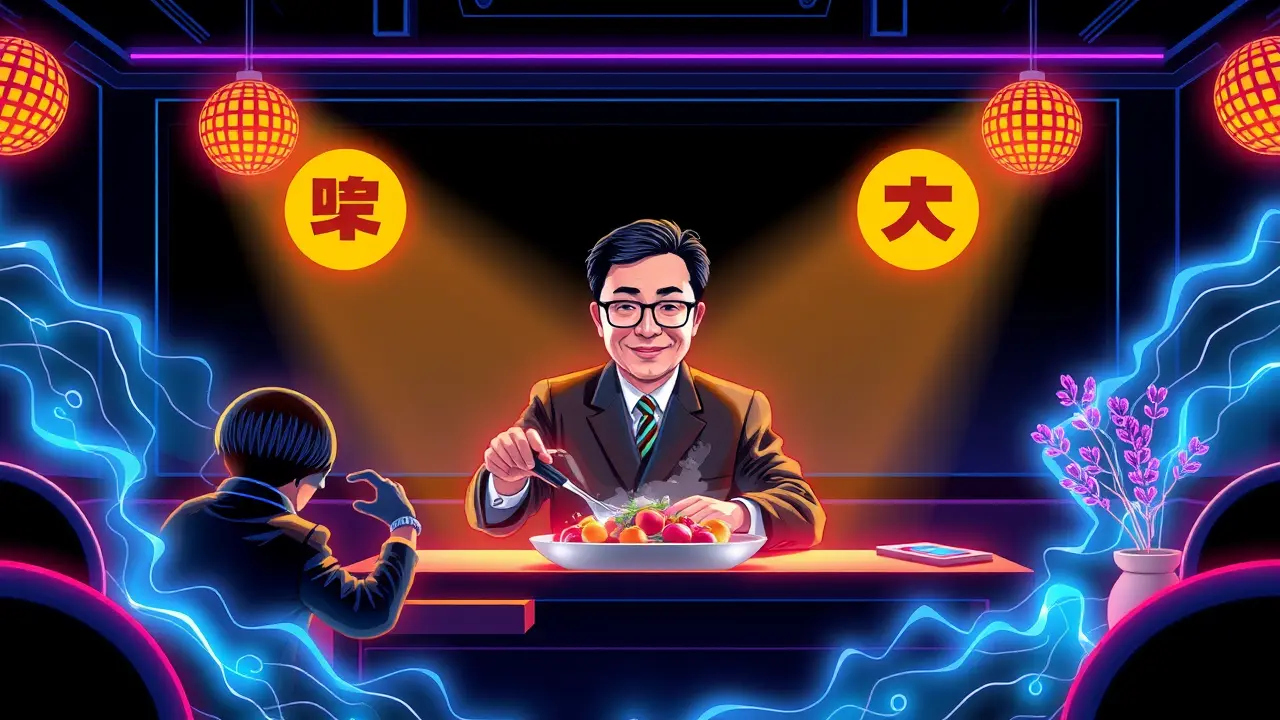President's TV Cameo Amid National IT Crisis Sparks Outcry
The political theater in South Korea reached a fever pitch during what should have been a serene Chuseok harvest festival, as President Lee Jae-myung’s carefully orchestrated prime-time appearance on a popular cooking show collided with a catastrophic digital meltdown that brought government online services to a grinding halt. This wasn't just bad timing; it was a political strategist's nightmare scenario, a self-inflicted wound that the opposition People Power Party (PPP) seized upon with the precision of a well-run attack ad, immediately framing the President as detached and frivolous while a national crisis unfolded in the background.The ruling Democratic Party of Korea (DPK), caught flat-footed, scrambled into a defensive crouch, launching a counter-offensive that has now escalated into dueling defamation lawsuits—a classic political maneuver straight out of the campaign war room playbook, designed to muddy the waters and rally their base. This entire debacle is a masterclass in modern political warfare, where perception often trumps substance.The choice of a cooking show, a soft-focus venue meant to humanize the President and connect with families during the holiday, backfired spectacularly, creating a devastating visual contrast between the leader calmly sautéing ingredients and the countless citizens unable to access essential digital services. The opposition’s rapid response unit, undoubtedly monitoring the media landscape 24/7, would have pounced on this imagery within minutes, crafting soundbites and social media posts that painted a picture of a tone-deaf administration.This is the kind of unforced error that campaign managers lose sleep over, a single event that can crystallize a negative narrative for months. The subsequent legal battles are less about seeking genuine legal redress and more about controlling the narrative; each lawsuit is a press release, a fundraising email, and a rallying cry all rolled into one, designed to energize core supporters and put the opposing party on the defensive.To understand the full gravity, one must look at the broader context of South Korea's hyper-connected society, where digital infrastructure is the backbone of daily life and government efficiency. A failure of this magnitude isn't merely a technical glitch; it's a profound breach of public trust, shaking confidence in the state's competence and preparedness.The DPK’s counter-accusations that the PPP is exploiting a national crisis for political gain are a standard defensive tactic, but they ring hollow when the initial optics were so damning. This incident will inevitably become a central data point in the next election cycle, featured in attack ads and debate soundbites, with pollsters tracking a dip in presidential approval ratings.The real battle now is not in the courts but in the court of public opinion, where both parties are deploying every tool in their strategic arsenal—from media spin to legal theatrics—to win the day and define this crisis for the voters. The Chuseok IT collapse has become, first and foremost, a political battlefield, and the fallout will shape the strategic calculations of both parties long after the servers are back online.
It’s quiet here...Start the conversation by leaving the first comment.
© 2025 Outpoll Service LTD. All rights reserved.
